My Fermented Cauliflower Recipe
I’ve tried making plain fermented cauliflower several times and never liked the results. Mainly the smell is awful. Cauliflower contains a lot of sulfur compounds and can smell horrendous when fermented plain.
So this summer, I set out to make a fermented cauliflower recipe that tastes and smells delicious. To do so, I started by fire-roasting the cauliflower. I also incorporated fire-roasted garlic and poblano peppers. Fire roasting the ingredients before fermenting made the smell pleasant during fermentation.
I also added vindaloo curry to the fermentation recipe. Adding curry created the best smell and flavor I could have imagined. If you love spicy ferments, you’re going to love this recipe.
Here are all the ingredients you need:
- cauliflower, fresh
- poblano pepper
- fresh garlic
- water
- sea salt
- a large cabbage leaf*
- vindaloo curry powder
You need a large cabbage leaf for this recipe. Since we are fire-roasting the main ingredients, the cabbage leaf provides the wild fermentation microorganisms.
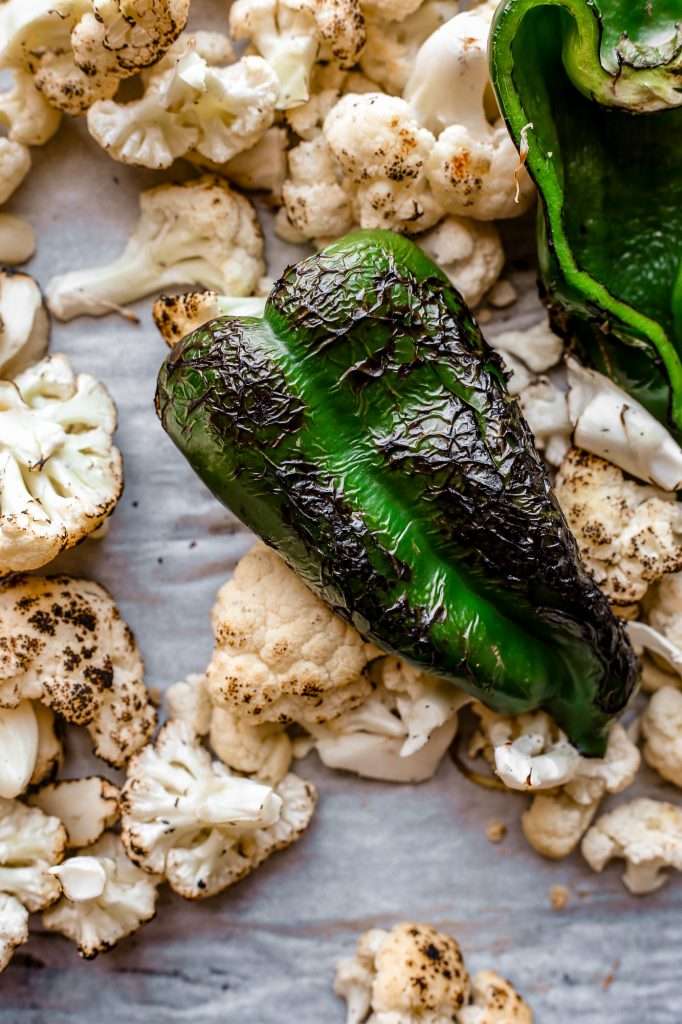
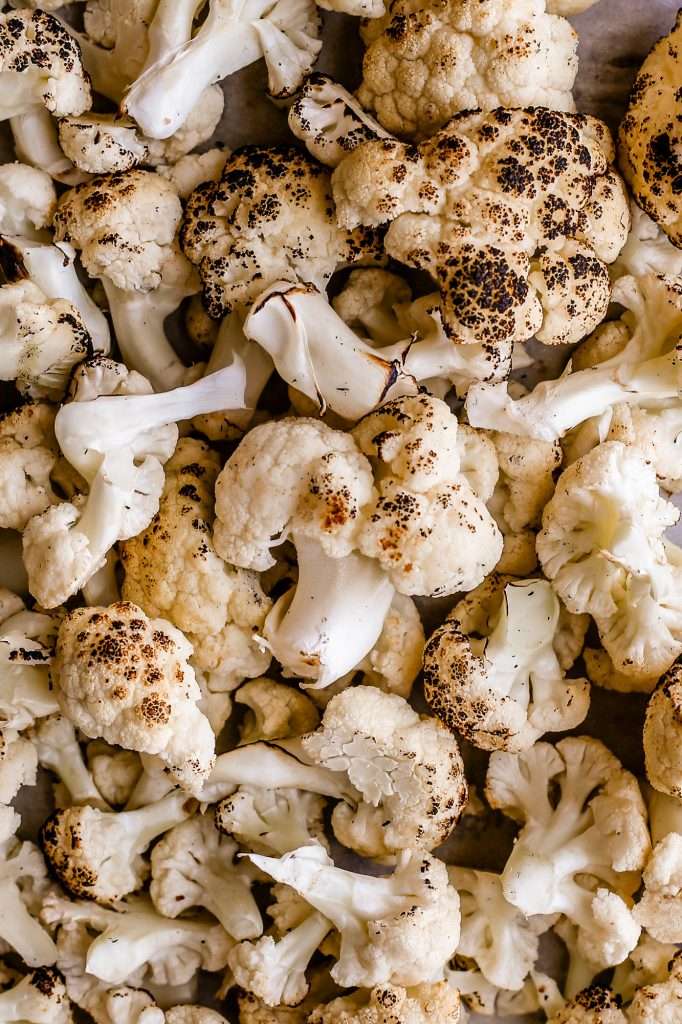
Equipment You Need to Make Fermented Cauliflower
Here are all the supplies and equipment you will need to make this recipe:
- 32 ounce Wide Mouth Mason Jar
- Fermentation Weight
- Standard Metal Mason Jar Lid (this can rust in the presence of salt)
- OR Rust Free Plastic Lid
- or you can use a Weck Jar (without the gasket; only use the clips to secure the lid)
- Sea Salt
- Scale
- Mixing Bowl
You will also need metal skewers and an open flame to fire-roast the vegetables. You can roast the vegetables on the skewer campfire style, on the BBQ grill, or over an open gas cooktop flame. Please be careful while doing this, especially indoors.
If you do not have experience cooking over an open flame, please do not attempt to fire-roast the vegetables for this recipe. You can alternatively dry roast the vegetables in the oven at a high temperature. Do not use oil on the vegetables at all.
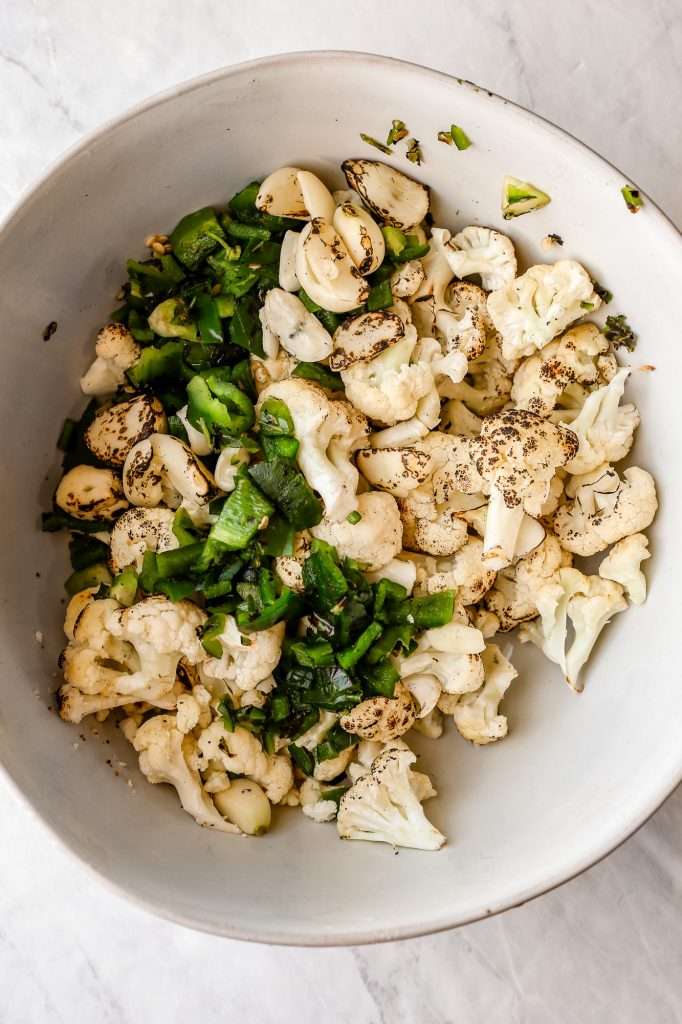
How Do You Eat Fermented Cauliflower?
I love to eat fermented cauliflower similarly to how I eat Giardiniera. Traditionally in Italy, Giardiniera is served with antipasto, a first-course appetizer consisting of pickled vegetables, brined olives, artichokes, and cured meats. Giardiniera is also very popular in Chicago, where it is used more as a condiment.
Fermented cauliflower is terrific on sandwiches, pizza, omelets, frittatas, and salads. You can even use it to top sourdough focaccia. I highly suggest mixing it with pasta, brined olives, red wine vinegar, and olive oil for a delicious pasta salad.
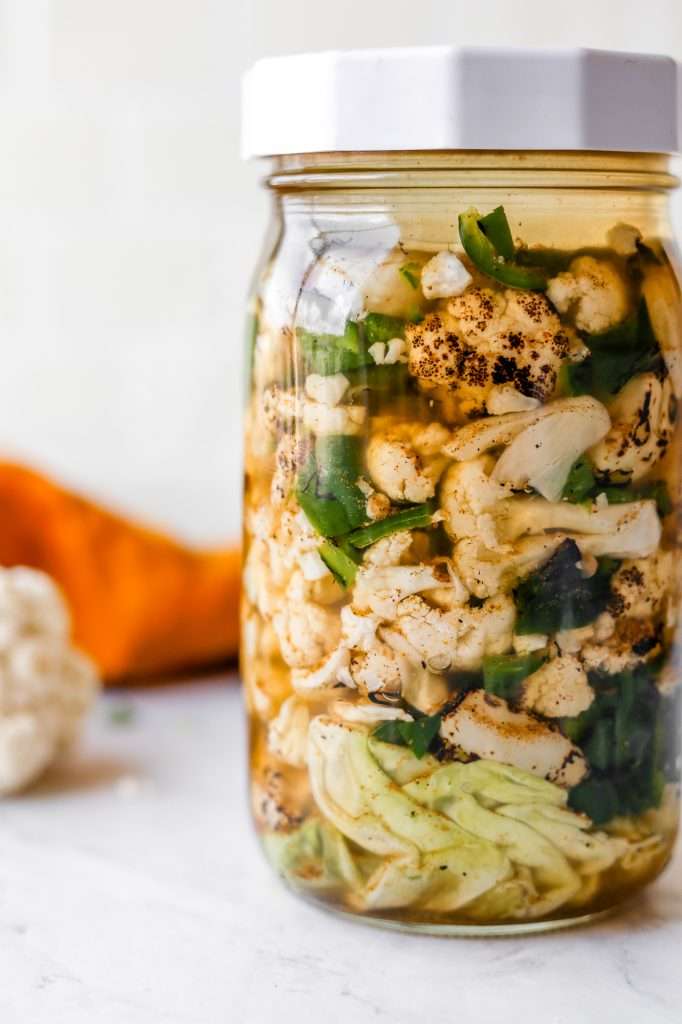
Pickled vs. Lacto Fermented Cauliflower
Pickling and fermenting are very different processes. Pickling is a sterile process for preserving food. This means there are no microorganisms involved in the pickling process. This process utilizes hot acidic liquid to sterilize and preserve vegetables.
Fermentation is a living process relying on acid production by beneficial microorganisms. Fermentation takes time and requires a specific salt concentration for consistency and safety. To read more about salt and fermentation, click here.
Pickling and fermenting are two methods that lead to the same result: preserved vegetables.
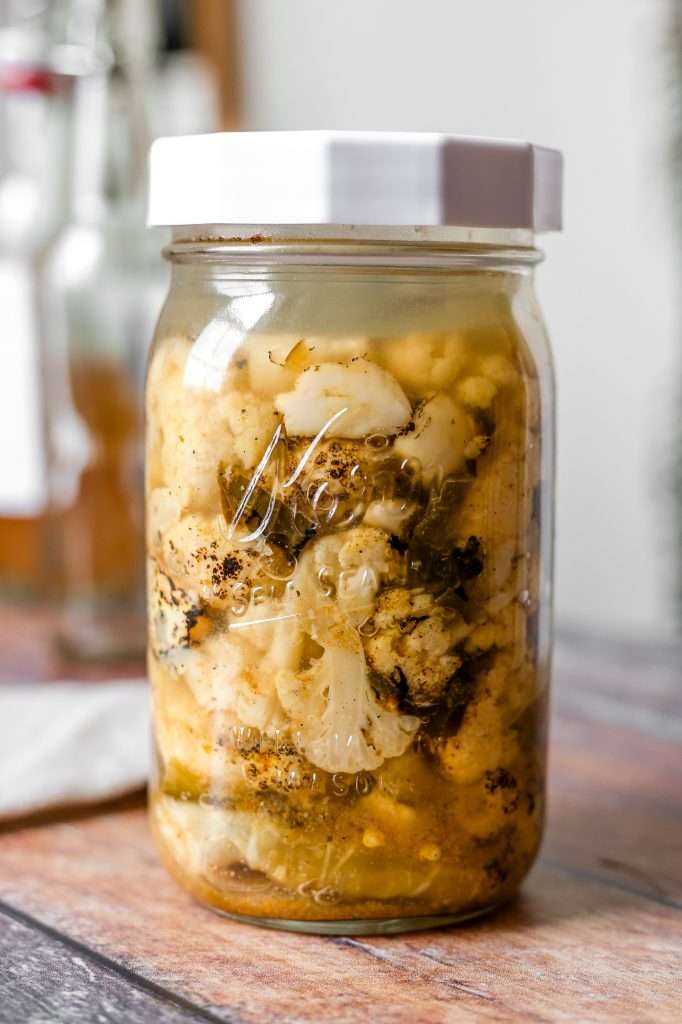
How to Ferment Cauliflower
Fermenting cauliflower is easy! Here is a summary of the fermentation parameters for fermented cauliflower:
- Four weeks of fermentation
- Approximate 3.0% total salt concentration
- Room temperature (60-78° F)
- Final pH around 3.8
- Store in refrigerator after fermentation for up to 2 years
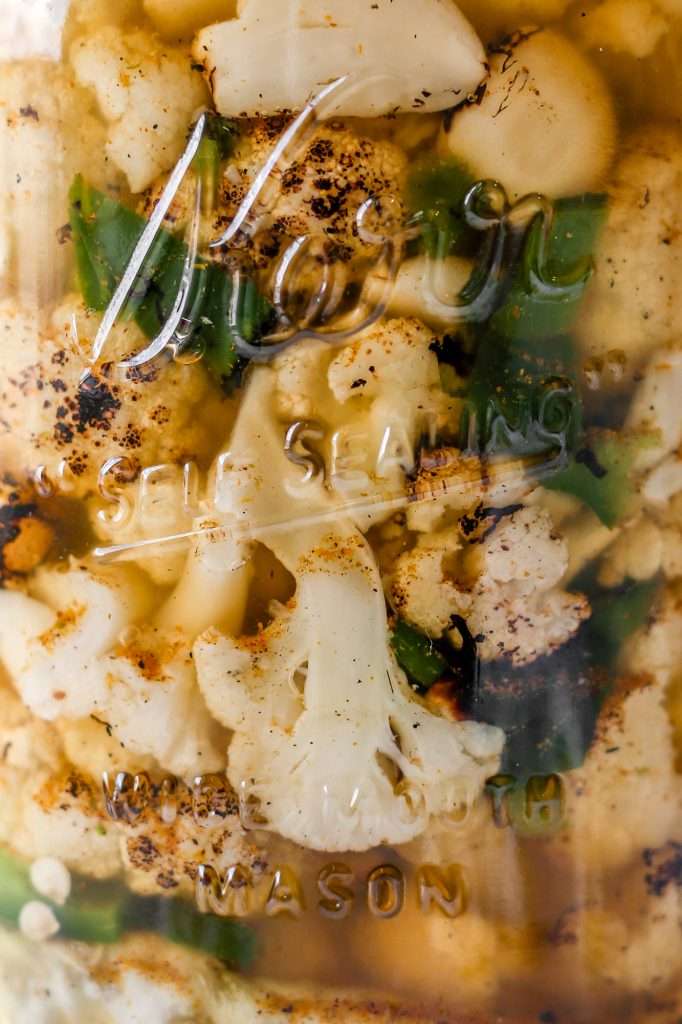
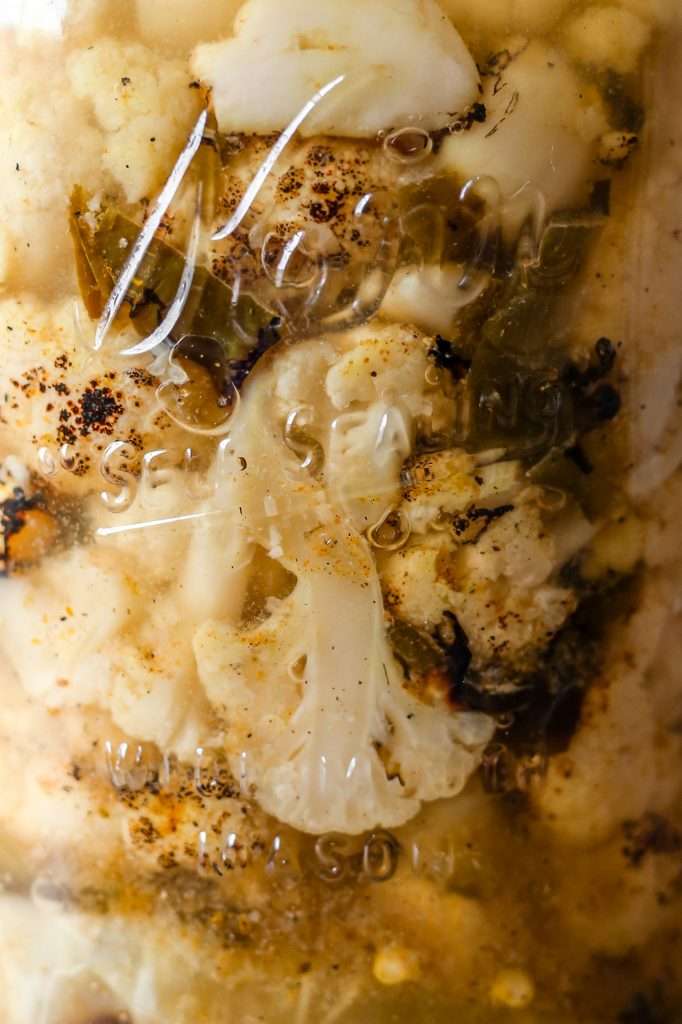
More Fermentation Recipes to Try
- How to Make the Healthiest Naturally Fermented Garlic
- Simple Wild Fermented Shallots Recipe
- How to Ferment Sauerkraut with Orange, Sesame, and Ginger


Fire Roasted Fermented Cauliflower with Vindaloo Curry
My easy yet flavorful fermented cauliflower recipe requires only a few simple ingredients: cauliflower, garlic, poblano pepper, salt, curry powder, water, and a large cabbage leaf. I fire-roasted the cauliflower, poblano, and garlic for this recipe to enhance the flavor.
- Prep: 45 minutes
- Total Time: 672 hours 45 minutes
Ingredients
- 475 grams cauliflower, fresh
- 100 grams poblano pepper
- 50 grams garlic
- 300 grams water
- 28 grams salt
- a large cabbage leaf**
- 1 teaspoon vindaloo curry powder
Instructions
- Lightly rinse all your vegetables in cool water and pat them dry.
- Using a grate and skewers, roast the cauliflower, poblanos, and garlic over an open flame until they become slightly blistered and charred outside. (Alternatively, you can preheat your oven to 500F and dry roast the vegetables *no oil* for 10 minutes)
- After roasting the vegetables, chop them however you’d like and let them cool to room temperature.
- Make sure all of your fermentation equipment has been cleaned and sanitized well.
- Dissolve the sea salt in the water to create a brine.
- In a clean mason jar add all of the vegetables and the bay leaves and curry powder.
- Add all of the saltwater brine to the jar.
- Place a fermentation weight in the jar to keep all of the vegetables submerged. Place the mason jar lid on the jar and secure it in place.
- Ferment for 4 weeks at room temperature.
- About 2 to 3 days into fermentation, you will notice a lot of bubbles. Set the jar in a glass dish to prevent messes.
- Every 24 hours loosen the lid to burp the jar and let the gas out. This particular fermentation can get very bubbly. You can rinse the lid daily before replacing it to keep it clean.
- After 4 weeks of fermentation, remove the fermentation weight then move to refrigerated storage.
Notes
- Since the vegetables are fire roasted, the cabbage leaf provides essential fermentation microbes.
- If you do not have experience cooking over an open flame, please do not attempt to fire-roast the vegetables for this recipe. You can alternatively dry roast the vegetables in the oven at a high temperature.
- Do not use oil on the vegetables at all.


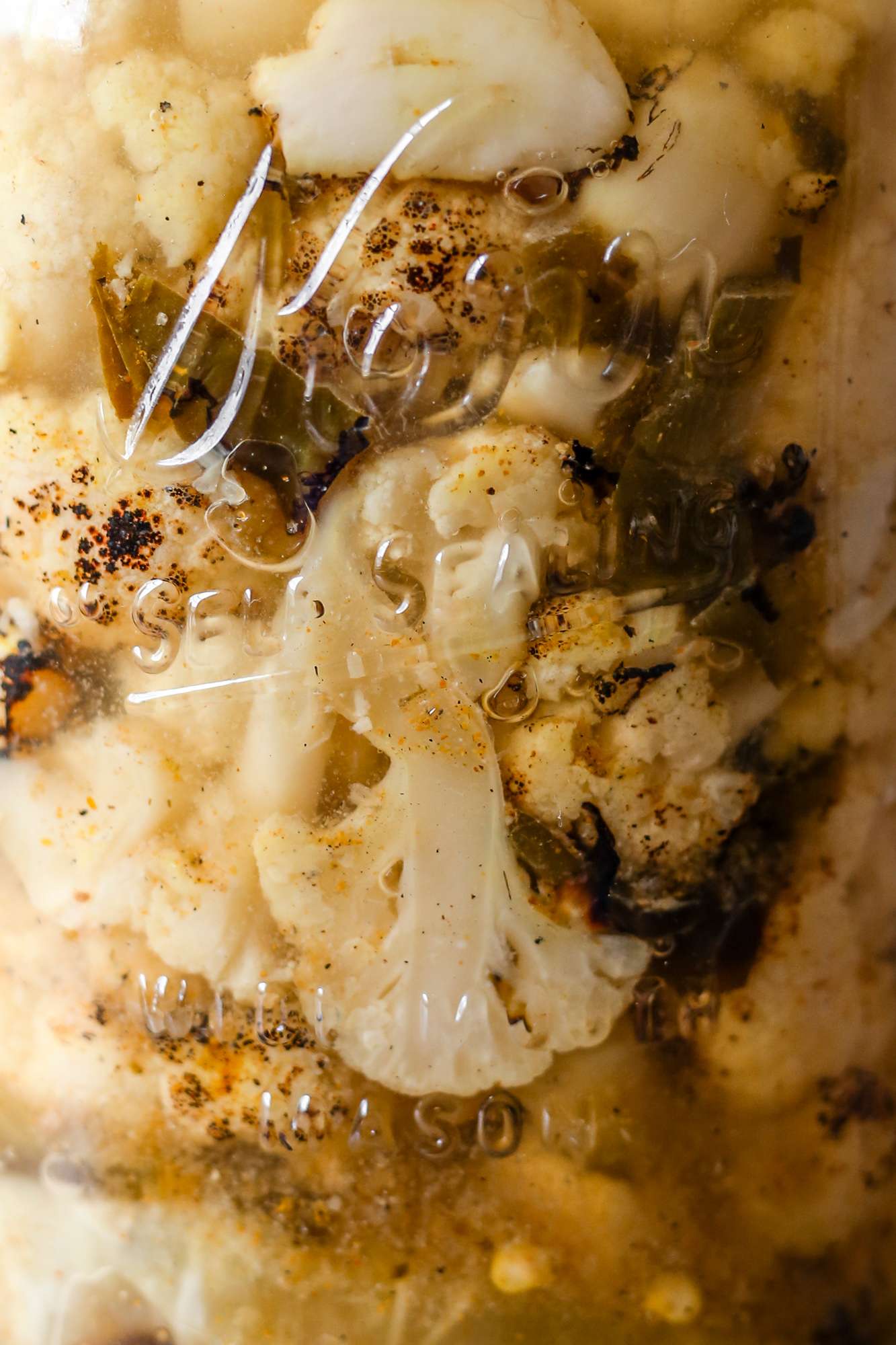


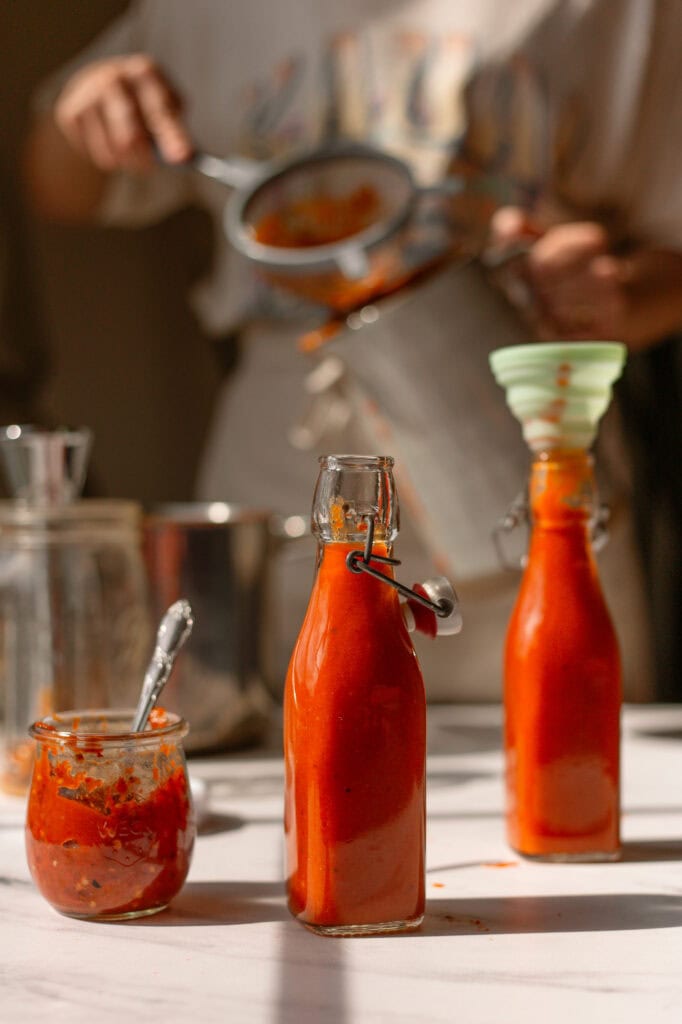


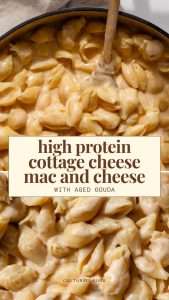

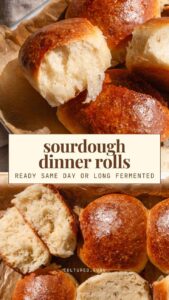
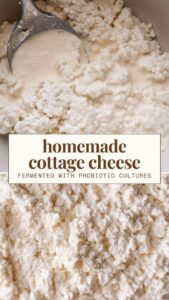
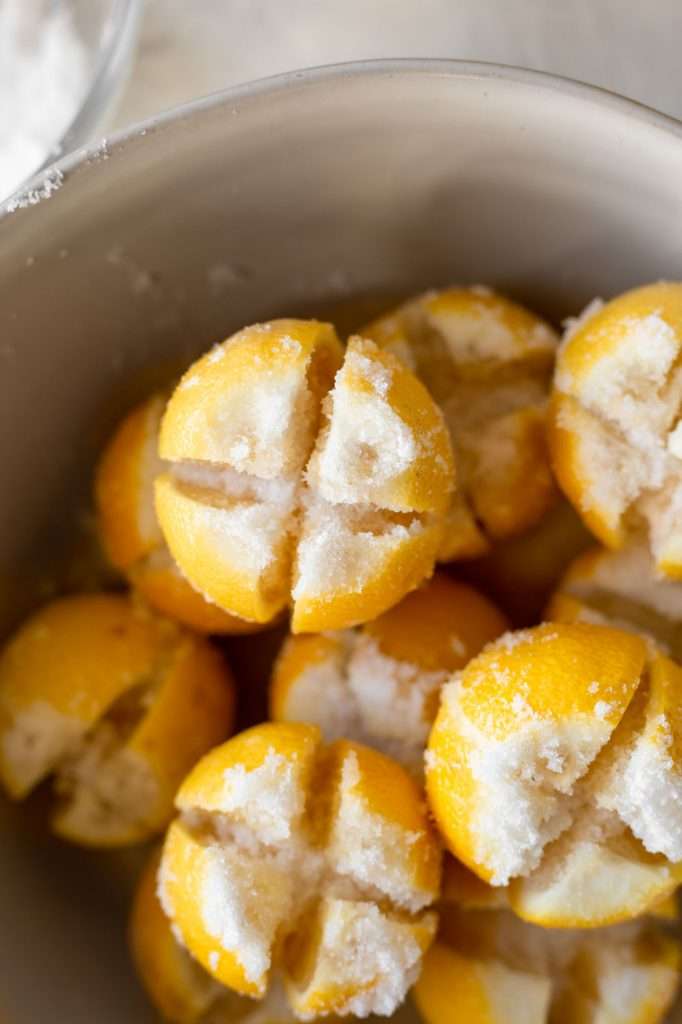
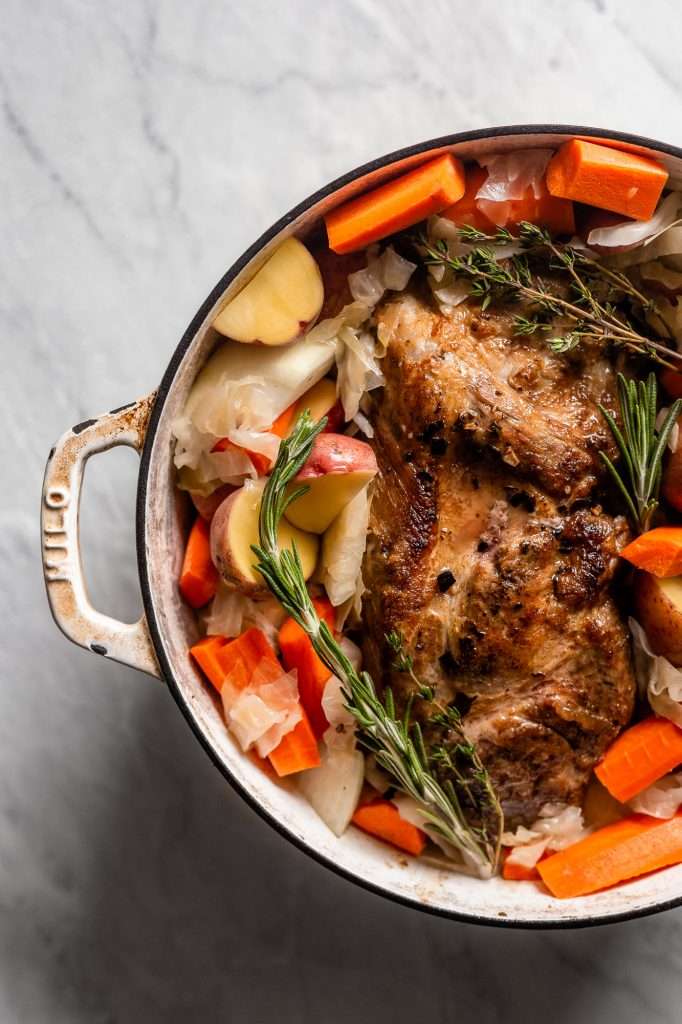
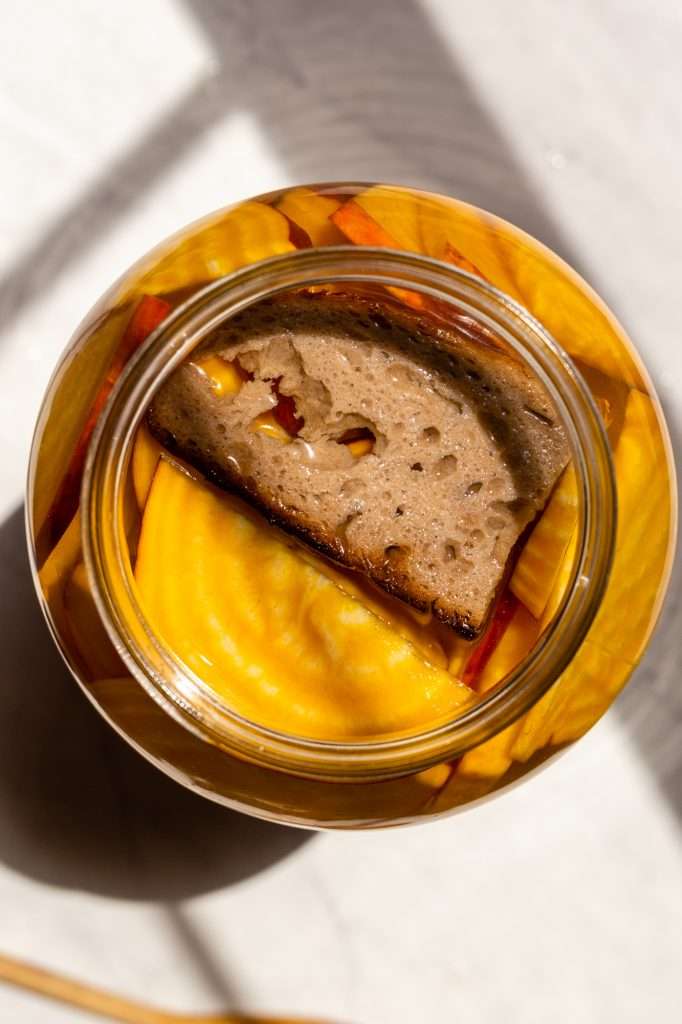

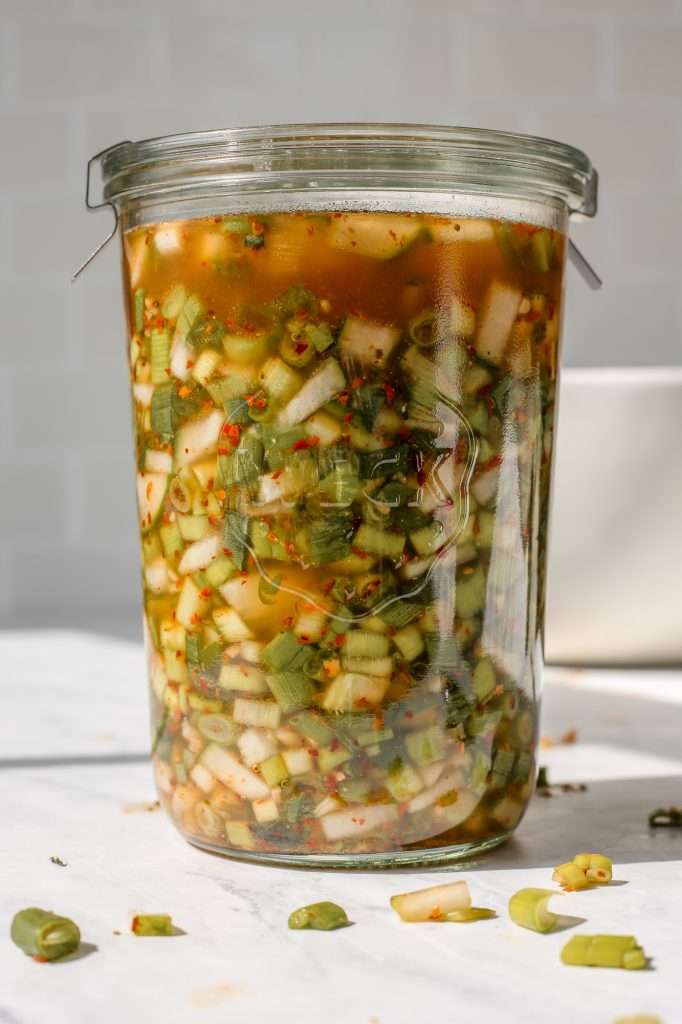



Soooo I made a batch of your giardiniera recipe which will be ready in 2 weeks. I had been excited for it up till I started to read this post. Should I prepare myself for unpleasant results?
No, of course not! My Giardiniera recipe is excellent. If it wasn’t, it wouldn’t be on our blog. Cauliflower fermented plain and solo is unpleasant (in my opinion). When peppers and things are mixed in, it balances out the flavor and smells and tastes very nice.
<3 thank you, excited to try it! Thanks for all the great posts btw
When and how do you use the cabbage leaf? I don’t see it in the instructions, just the notes and ingredients list. Love the fire roasting idea!
Hello! You add the cabbage leaf in step six with all the other vegetables. You can nestle it in the bottom of the jar, or place it on top to tuck everything in before putting the fermentation weight in.
How spicy/hot is this?
Your Fire roasted fermented cauliflower with vindaloo curry sounds fantastic, but I have a food sensitivity to cabbage. Is there something else I can use to get the microbes for fermenting?
you can use the fresh outer leaves from the cauliflower.
You mention bay leaves in the instructions but not in the ingredients… how many bay leaves if any?
they’re optional! You can add in one or two bay leaves.